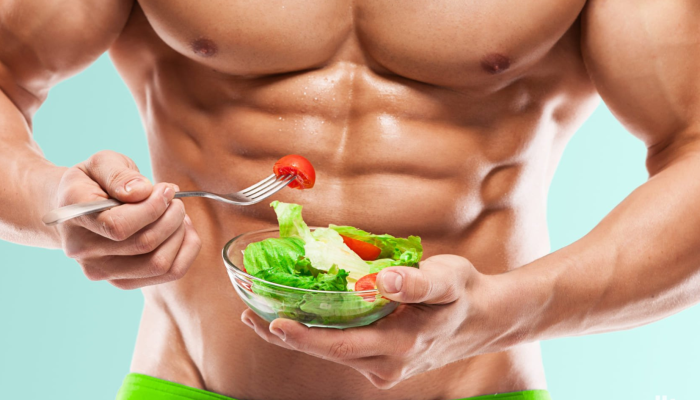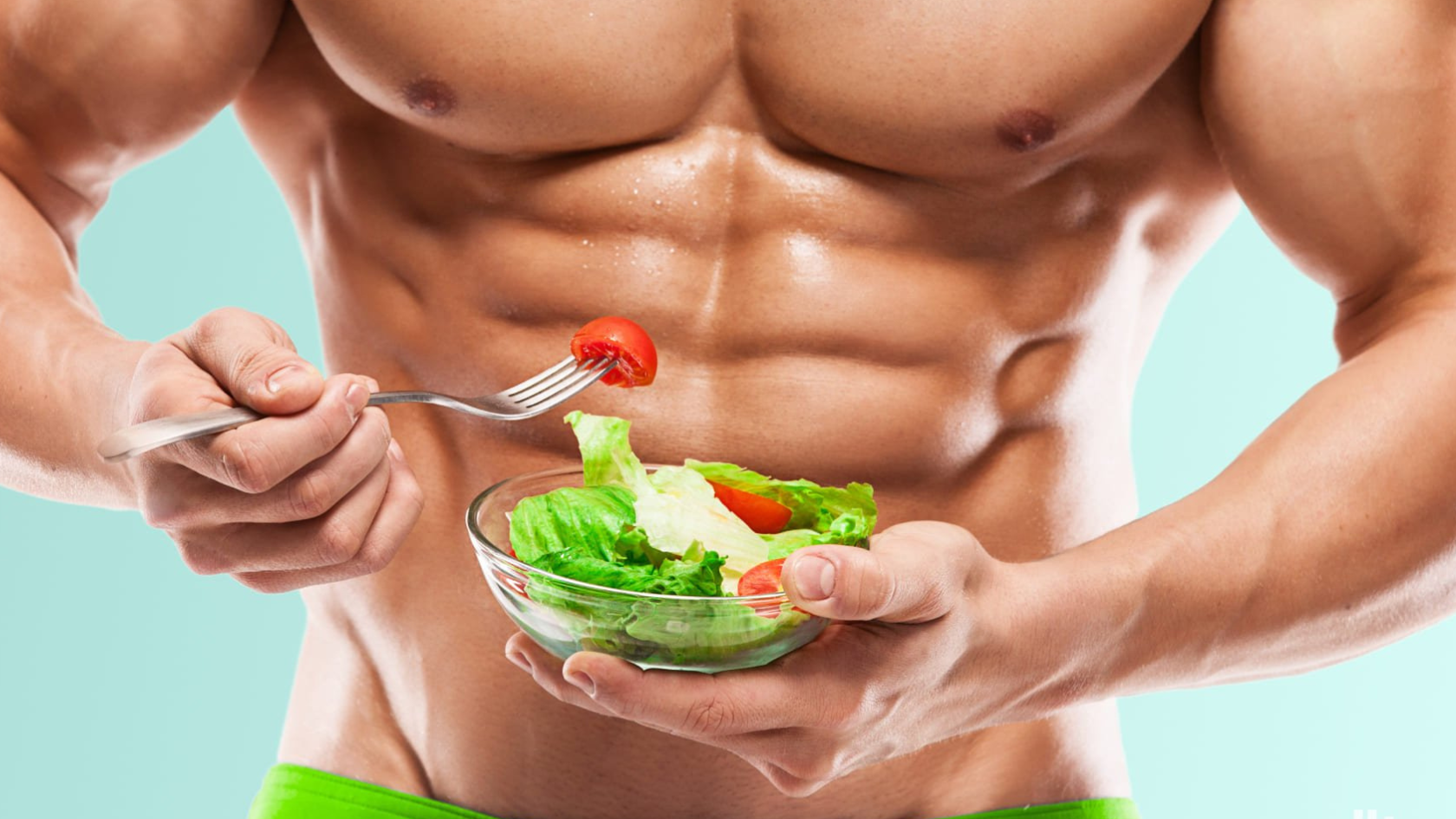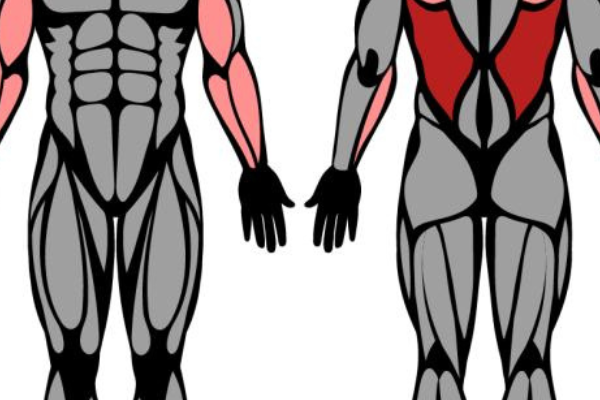
Building Gaining Muscle on a vegetarian diet is entirely feasible with the right approach. While some may argue that plant-based proteins lack the power to support muscle growth, a well-planned vegetarian muscle-building diet can be just as effective as a meat-inclusive one. This guide will walk you through essential tips to help you gain muscle mass on a vegetarian diet and build a successful muscle-building plan.
How to Build Muscle Mass on a Vegetarian Diet
Plan Your Diet Well
A successful vegetarian muscle-building diet starts with meticulous planning. Unlike omnivorous diets that have a broad range of protein sources, vegetarians need to be more strategic about their food choices to ensure they’re meeting all nutritional needs.
- Diversify Your Protein Sources: Incorporate a variety of plant-based proteins into your meals. Good sources include beans, lentils, chickpeas, tofu, tempeh, and edamame. These foods are not only rich in protein but also offer essential nutrients that support muscle growth.
- Include Whole Grains and Nuts: Quinoa, brown rice, oats, and nuts like almonds and walnuts provide additional protein and essential fatty acids that are important for muscle recovery and growth.
- Focus on Nutrient-Dense Foods: Incorporate vegetables, fruits, and seeds into your diet to ensure you are getting a wide range of vitamins and minerals that contribute to overall health and muscle function.
Make Sure to Get Enough Calories
One of the most crucial aspects of building muscle is ensuring you are consuming enough calories to support muscle growth. A common mistake among those on a vegetarian diet is underestimating the caloric needs required to build muscle.
- Calculate Your Caloric Needs: Use a calorie calculator or consult with a nutritionist to determine your daily caloric requirements based on your age, weight, height, and activity level.
- Eat Frequently: To meet your calorie needs, consider eating more frequent, smaller meals throughout the day. This approach can help you consume the necessary calories without feeling overly full.
- Include Calorie-Dense Foods: Opt for calorie-dense plant-based foods like avocados, nuts, seeds, and whole grains to help you meet your caloric needs more efficiently.
Eat Protein with Each Meal
Protein is a critical component for muscle growth, and it’s essential to include it in every meal to ensure a steady supply of amino acids to your muscles.
- Include Protein-Rich Foods in Every Meal: Whether it’s a breakfast smoothie with protein powder, a lunch salad with chickpeas, or a dinner of tofu stir-fry, aim to include a good source of protein in each meal.
- Utilize Protein Supplements: If you’re struggling to meet your protein needs through food alone, consider using plant-based protein powders. Pea, hemp, and brown rice protein powders can be effective supplements to support muscle growth.
Get All Nine Essential Amino Acids
A complete protein contains all nine essential amino acids that your body cannot produce on its own. For vegetarians, it’s important to consume a variety of protein sources to ensure you’re getting all these amino acids.
- Combine Protein Sources: Eating a variety of plant-based proteins helps ensure you get a complete amino acid profile. For instance, combining beans with rice or having lentils with quinoa can provide all essential amino acids.
- Consider Amino Acid Supplements: If you’re concerned about getting all essential amino acids from your diet, amino acid supplements can be a useful addition. These can help fill in any gaps and ensure muscle growth is optimized.
Refuel After Workouts
Proper post-workout nutrition is crucial for muscle recovery and growth. After intense exercise, your muscles need to replenish glycogen stores and repair muscle fibers.
- Consume a Post-Workout Meal or Snack: Aim to eat a meal or snack containing both protein and carbohydrates within 30 minutes to two hours after your workout. A smoothie with protein powder and fruits, or a tofu and vegetable stir-fry with brown rice, are excellent options.
- Hydrate Well: Adequate hydration is essential for muscle recovery and overall performance. Drink plenty of water before, during, and after your workout to keep your body well-hydrated.
Conclusion
Gaining muscle on a vegetarian diet is not only possible but can be highly effective with proper planning and execution. By diversifying your protein sources, ensuring adequate caloric intake, consuming protein with each meal, getting all essential amino acids, and refueling after workouts, you can build muscle and achieve your fitness goals on a vegetarian diet. Embrace these strategies, and you’ll be well on your way to a stronger, healthier you.
Building Muscle on a Plant-Based Diet: Practical Tips
Expanding on the foundation for muscle growth on a vegetarian diet, let’s delve deeper into some practical tips and strategies to optimize your muscle-building efforts.
Optimize Your Nutrient Intake
- Prioritize Iron and Calcium: Vegetarians can sometimes struggle with getting enough iron and calcium. Incorporate iron-rich foods like spinach, lentils, and fortified cereals, and pair them with vitamin C-rich foods to enhance absorption. For calcium, include sources like fortified plant-based milks, tofu, and leafy greens.
- Don’t Neglect Omega-3 Fatty Acids: Omega-3s are important for reducing inflammation and supporting muscle recovery. Flaxseeds, chia seeds, and walnuts are excellent plant-based sources of omega-3 fatty acids.
- Incorporate Vitamin B12: Vitamin B12 is primarily found in animal products, so vegetarians should consider fortified foods or supplements to meet their needs. Adequate vitamin B12 levels are essential for energy production and overall health.
Tailor Your Training Program
- Focus on Resistance Training: To build muscle, prioritize resistance or strength training exercises such as weightlifting, bodyweight exercises, and resistance band workouts. Aim for a balanced routine that targets all major muscle groups.
- Progressive Overload: Gradually increase the weight or resistance in your workouts to continually challenge your muscles. Progressive overload is key to stimulating muscle growth and strength development.
- Rest and Recovery: Muscles grow during periods of rest, not just during workouts. Ensure you get sufficient rest between workout sessions and prioritize sleep to support recovery and muscle repair.
Monitor and Adjust
- Track Your Progress: Keep a record of your workouts, dietary intake, and muscle growth to track your progress. This helps you identify what works best and make necessary adjustments to your diet and training program.
- Adjust as Needed: Be prepared to adjust your calorie intake and protein sources based on your progress and how your body responds. If you’re not seeing the muscle gains you expect, reassess your diet and training regimen.
- Consult a Professional: If you’re unsure about your diet or training plan, consider consulting a registered dietitian or a certified personal trainer. They can provide personalized guidance to help you reach your muscle-building goals.
Embrace Variety and Enjoy the Journey
- Experiment with Recipes: A varied diet not only keeps meals interesting but also ensures you’re getting a wide range of nutrients. Experiment with different plant-based recipes to find what you enjoy and what works best for your muscle-building goals.
- Stay Motivated: Building muscle on a vegetarian diet requires patience and dedication. Celebrate small victories along the way and stay focused on your long-term goals.
- Join a Community: Connect with others who are pursuing similar fitness goals on a vegetarian diet. Online forums, social media groups, and local fitness communities can offer support, advice, and motivation.
Conclusion
Successfully building muscle on a vegetarian diet involves careful planning and a commitment to balancing your nutritional intake with an effective training program. By focusing on diverse protein sources, ensuring adequate calorie intake, combining essential amino acids, and maintaining proper post-workout nutrition, you can achieve significant muscle growth. Embrace the journey with enthusiasm, stay informed, and adapt your strategies as needed to reach your fitness goals. With determination and the right approach, you can build muscle and enjoy a healthier, more balanced lifestyle.
If you have any questions for us, you can see more at: heathcarenow, Youtube, Twitter(X),…
See more of our other articles: What is Jaw Pain ?, Catabolism vs. Anabolism: What’s the Difference?, Tennis Ball Massage for Myofascial Trigger Points





